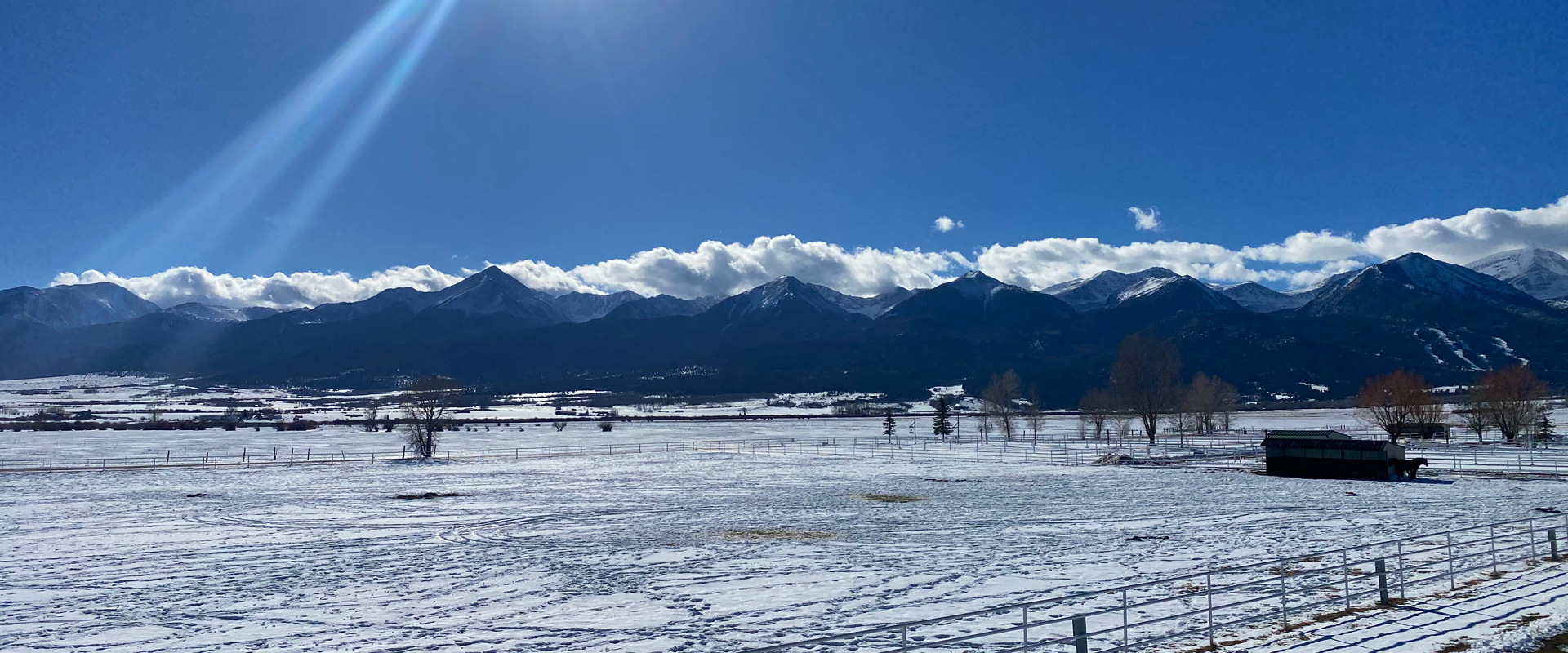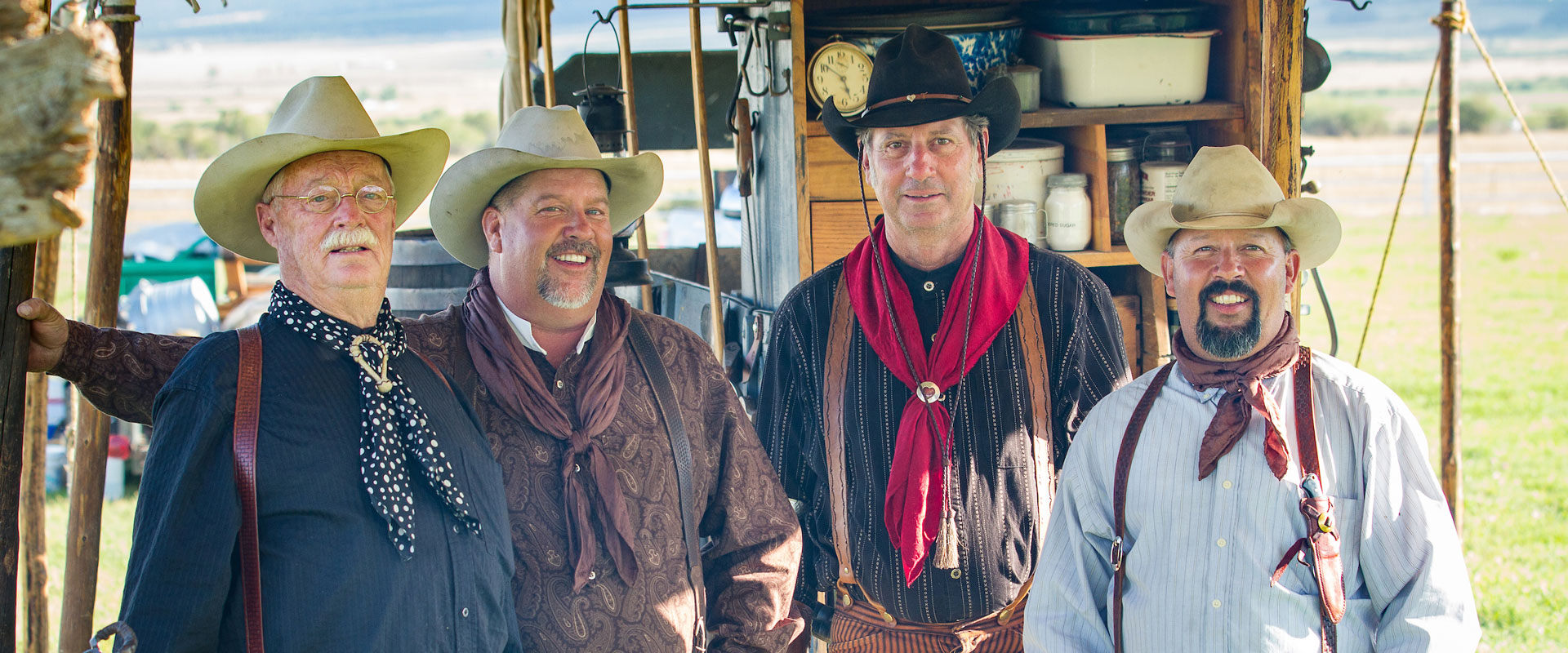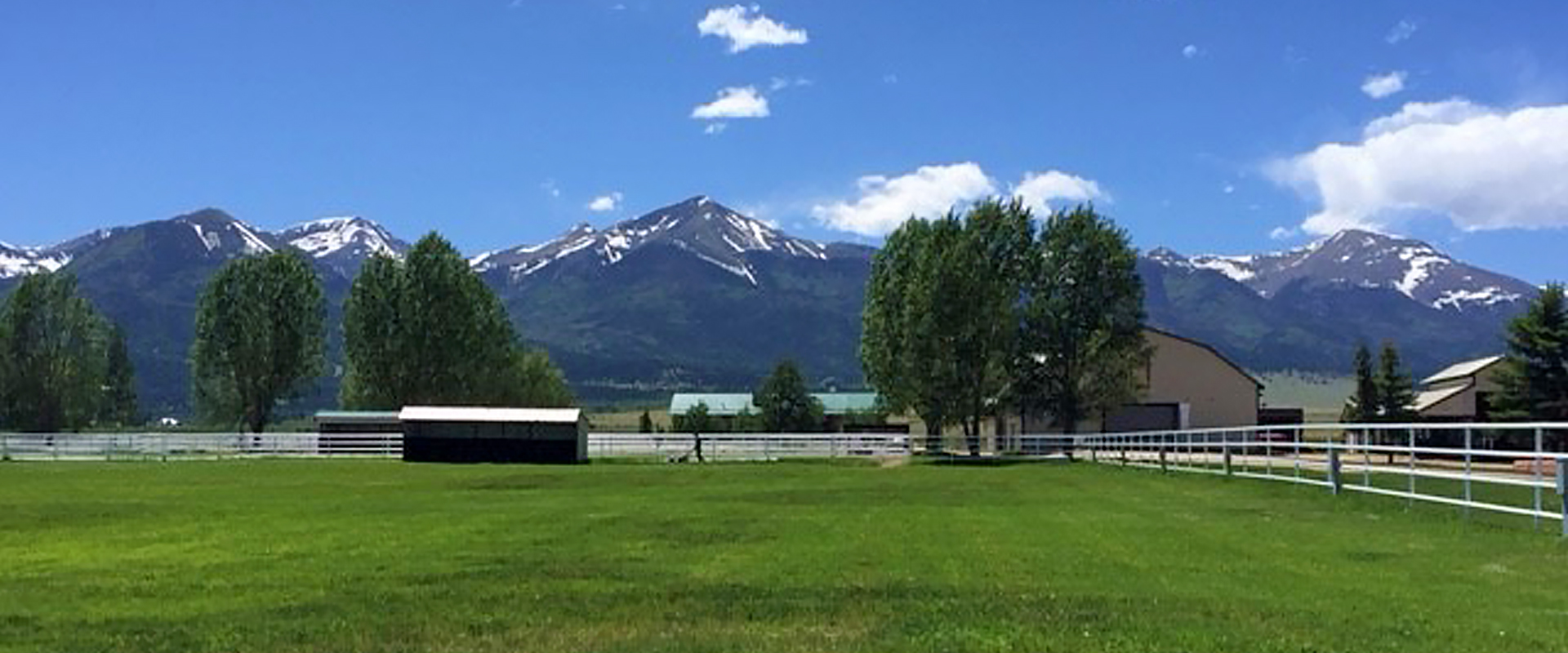 Heritage
Heritage

A Painted View Ranch is located in the beautiful Wet Mountain Valley, just a short distance from the little town of Westcliffe, Colorado. The Wet Mountains and the Sangre de Cristo Mountains border the green valley, which tells a story rich with history and culture. This breathtaking valley was first occupied by the Ute Indians, a highly feared and respected tribe. Unlike many other tribal groups in this region, there is no evidence of migration into what is now known as the states of Colorado and Utah.
The Ute ancestors may have been the only tribe truly native to Colorado based on information that they occupied the area for at least a thousand years. The Utes chose to live in isolated areas far removed from other tribes. The mountainous fortress of the Wet Mountain Valley gave protection from the strange white people and provided an excellent food source for their families.
These rugged and individualistic people were able to resist all incursions onto their land for 200 years and were able to live in freedom. The North American tribes had already been forced to live in the white man's world trying to survive on poor and barren reservation land. Unfortunately, the Utes soon fell to the same fate. Some Ute descendants still remain in the area today.
Spanish Explorers and many others used the region as a trail before settlement occurred in the valley. In their journeys to their final destinations of the west coast the Spaniards became friends with the Utes and in return received guidance from the Indians on their journey to find a faster trail to the Pacific.
The first Anglos arrived in the Wet Mountain Valley in the 1870's with hopes of becoming farmers and cattlemen. A German colony from Chicago, led by Carl Wulstein, traveled by rail and wagon to the valley to build a new town. The infant colony settled in a little town near Westcliffe called Colfax. Mismanagement of funds, late frost ruining the crops, and not being accustomed to the agricultural work required by the valley's terrain led the colony to collapse. Many fled to the nearby Colorado towns of Pueblo, Denver, or Canon City. The remaining families went into the cattle and farming businesses. Their descendants are now key families in many little towns in Custer County.
The mining craze came to Custer County in the early 1870's. The words "Hidden Riches" attracted many white settlers to the area. Some gold, but mostly silver, was found in the Rosita and Querida area. A large deposit of silver was soon found in the town of Silver Cliff and it became the third largest town in the State. Mining was a lucrative business for the town until the government stepped in and changed to the Gold Standard. The frenzy soon ended. The once thriving towns lost fortunes overnight and became desolate and nonexistent.
Westcliffe was the last of the major towns to be settled in Custer County. Thriving from ranching and farming, they also owed their existence to the Denver and Rio Grande Railroad which helped Westcliffe to become a trading center, resort, and the county seat in 1928.







